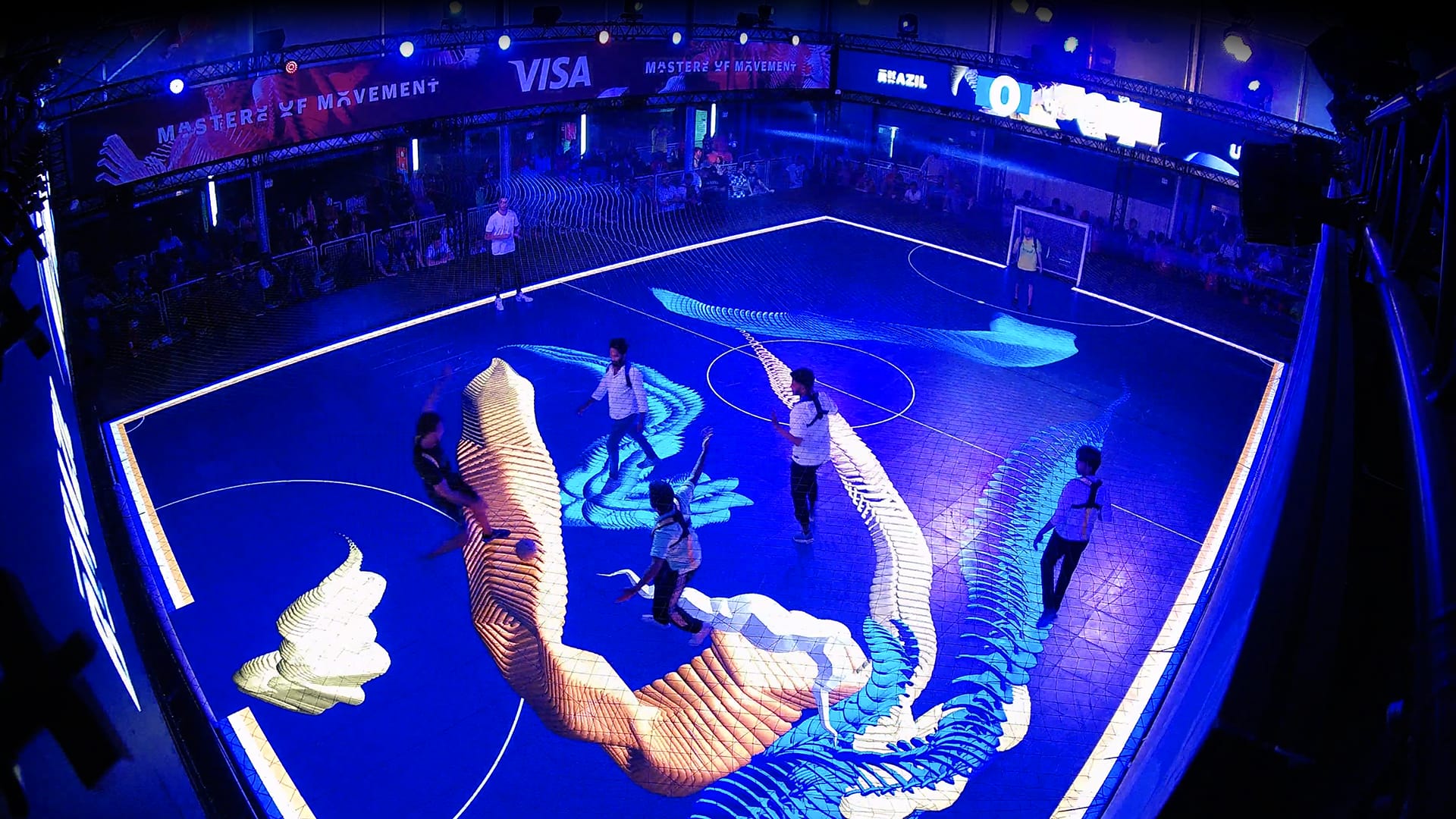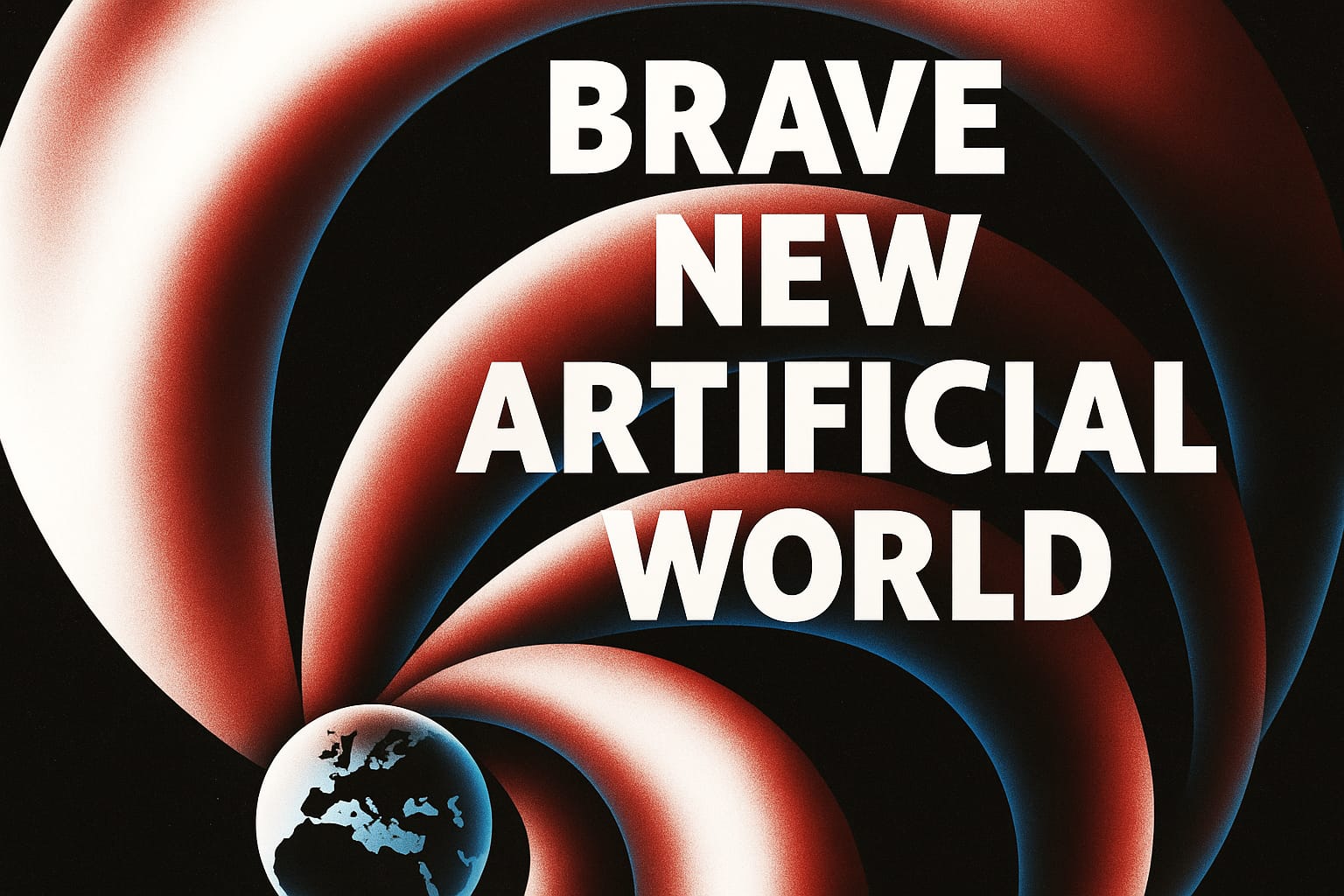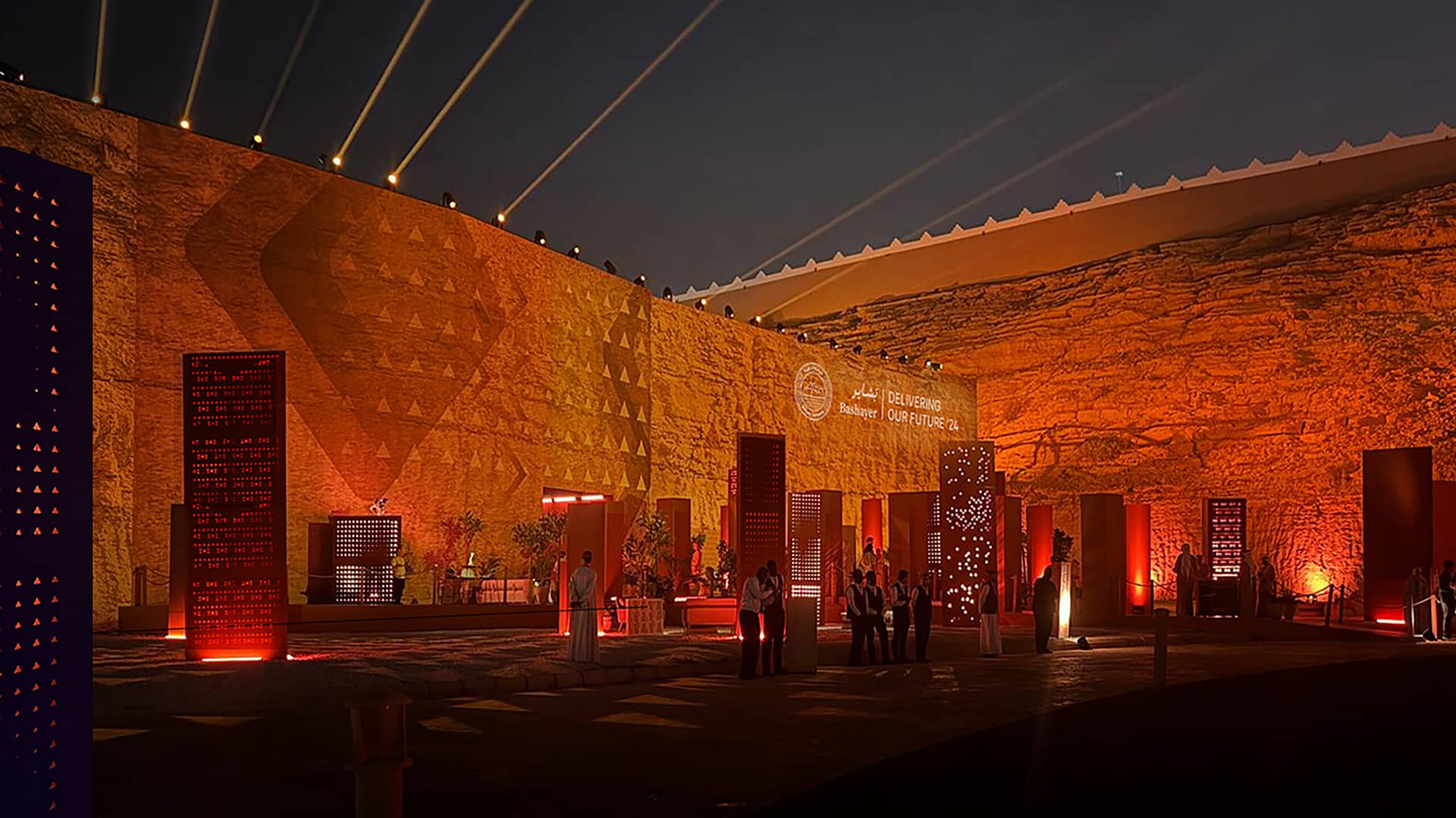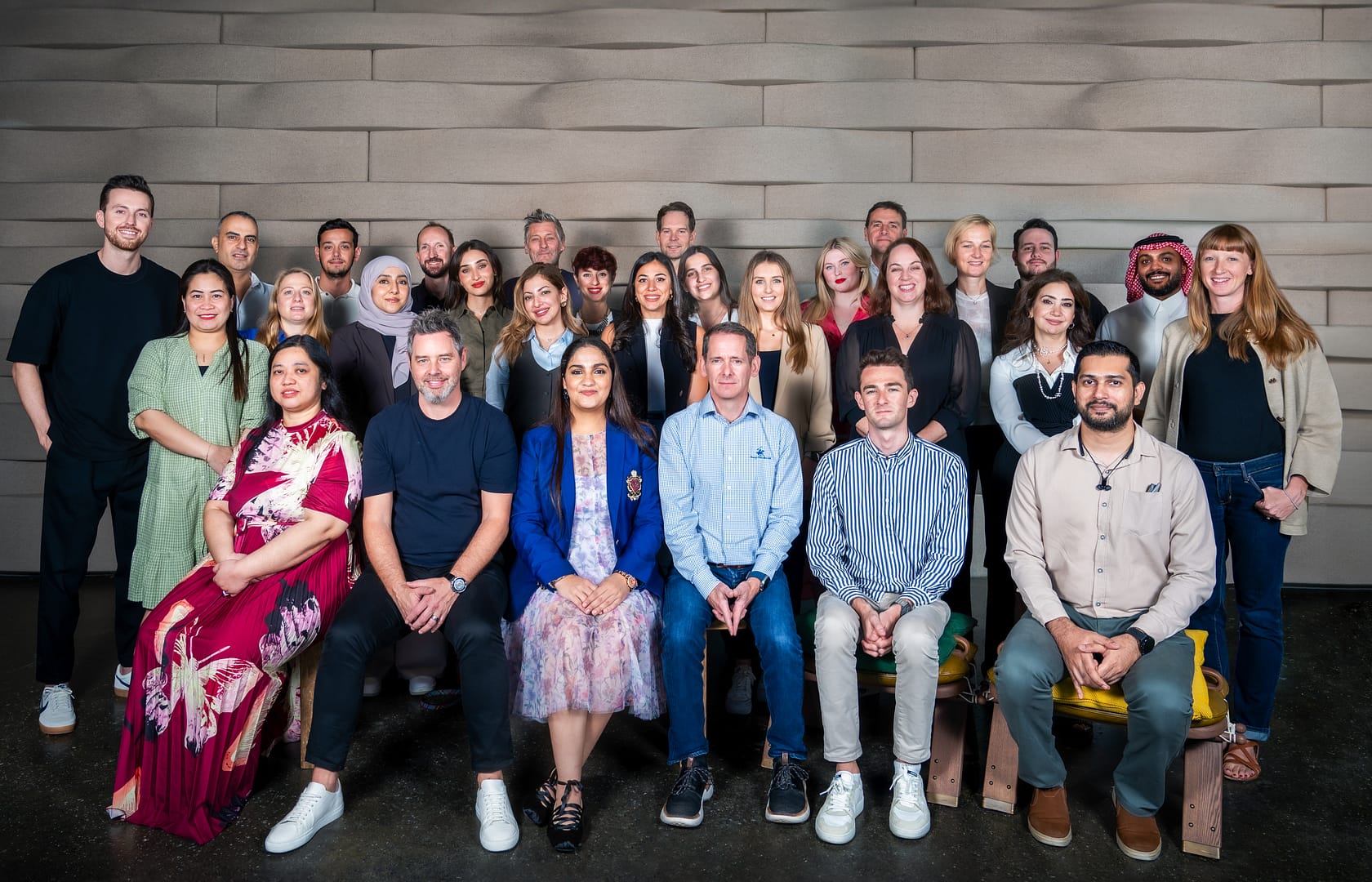
The experiential marketing industry is at a defining moment worldwide. With economies increasingly shifting toward digital and experiential engagement, brands – both local and global – are embracing innovative ways to connect with their audiences. This shift is driven by the demand for more immersive, memorable experiences that go beyond traditional marketing strategies. Experiential campaigns have evolved into 360-degree engagement platforms, integrating new technologies to create storytelling with a depth of engagement that traditional advertising cannot match.
However, measuring success in experiential marketing remains a challenge. While digital transformation, introduced new tracking capabilities, measuring the full impact of an experiential campaign requires a combination of qualitative and quantitative data. With 72% of consumers preferring experiences over material goods, brands need a refined approach to measurement that aligns with mass media, CRM, and digital analytics.


Where should brands start?
Engaged minutes: A universal metric
One of the most effective ways to measure experiential marketing success is by tracking ‘engaged minutes.’ Unlike traditional marketing touchpoints, experiential campaigns captivate audiences for extended periods, creating deeper emotional connections.
Engaged minutes are calculated by multiplying the time each consumer spends engaging with an experience – whether virtual or in-person – by the total number of participants. This simple yet powerful metric is comparable to website page views, click-through rates, or social media reach.
Different types of experiences yield different levels of engaged minutes:
- High-volume, high-engagement experiences: At the FIFA World Cup, Visa’s Masters of Movement sponsorship experience attracted 120,000 visitors, with each spending over 60 minutes in the activation. This generated nearly 8 million engaged minutes.
- Low-volume, high-dwell-time experiences: Ford’s Go Faster immersive driving experience lasted over three hours per participant, resulting in more than 250,000 engaged minutes despite a smaller audience.
Not all minutes are equal – some moments during an experience hold more weight than others. By designing experiential campaigns to maximise high-impact moments, brands can develop a more sophisticated engagement model.


Defining brand engagement goals
There is no ‘one-size-fits-all’ measurement approach. Brands must define their objectives before measuring success. Common goals include:
- Expanding customer reach: Engaging new audiences to grow market share.
- Shifting brand perception: Strengthening brand advocacy and loyalty.
- Driving commercial returns: Increasing sales and lead conversion.
Data-driven measurement techniques
Beyond engaged minutes, brands can measure success through various metrics:
- Brand advocacy: Use Net Promoter Score (NPS) to track audience sentiment before and after an event.
- Brand funnel impact: Assess changes in awareness, familiarity, and consideration rates in key markets.
- Digital engagement: Track social media mentions, shares, and sentiment analysis to measure online reach.
- Sales and conversion tracking: Monitor how an experiential campaign influences purchase decisions and customer retention.


Behavioural insights and real-time data
Understanding consumer behaviour during experiential marketing events provides deeper insights. Key measurable behaviours include:
- Guest count and dwell time: Tracking the number of attendees and how long they engage.
- Social media interactions: Measuring shares, comments, and sentiment to gauge brand impact.
- Lead and sales conversion: Assessing how experiential campaigns drive direct revenue growth.
Brands must also ensure consistency in measuring success across all customer touchpoints – from product marketing to post-purchase experiences. For example, customer loyalty programs in the retail and hospitality sectors often offer exclusive experiential rewards, strengthening long-term engagement and repeat business.
The global experience economy
Global events like the FIFA World Cup and World Expo are demonstrating the increasing importance of experiential marketing in the marketing mix. Brands investing in experiences are seeing higher brand engagement and consumer loyalty as well as an increasing economic impact. Having a measurement framework – centred on engaged minutes, brand advocacy and real time behavioural insights – means experiential campaigns deliver tangible value and maximum ROI.
The experience economy is changing how brands interact with consumers worldwide. If you want to measure your experiential campaign now is the time to go holistic and turn engagement into outcomes.



